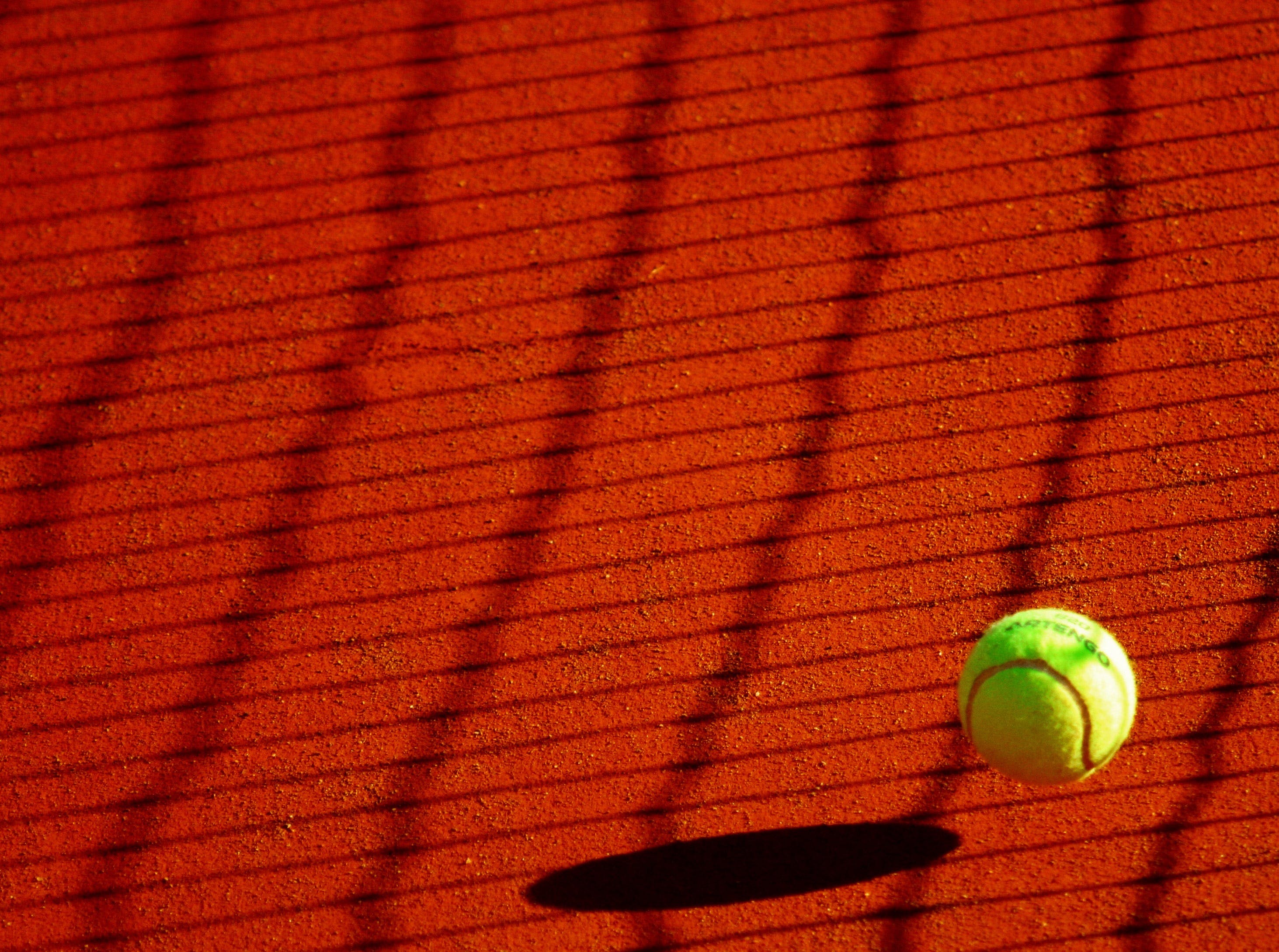Mathematical Models: Predicting Bouncing Ball Behavior
Did you know that mathematical models can accurately predict the behavior of a bouncing ball? It may seem surprising, but this fascinating field of study has profound implications in various industries, from sports to physics. By utilizing precise mathematical equations, scientists and engineers are able to simulate and forecast the trajectory, velocity, and energy transfer of a bouncing ball with remarkable accuracy.
One unique factor that makes mathematical models so powerful is their ability to factor in multiple variables that affect bouncing ball behavior. These variables can include the elasticity of the ball, the angle of impact, and even the surface on which the ball bounces. Through complex calculations and simulations, these models enable researchers to understand how these variables interplay and influence the ball’s behavior in a real-world scenario. This valuable insight can be applied in a wide range of fields, such as designing efficient shock absorption systems, optimizing the performance of bouncing sports equipment, or even predicting the behavior of objects in space.
Now that we have explored the remarkable potential of mathematical models in predicting bouncing ball behavior, let’s delve into the key takeaways from this field of study. In the following sections, we will discuss the fundamental principles behind mathematical modeling, explore the various factors that affect the behavior of a bouncing ball, and examine how this knowledge can be applied in practical applications. So, without further ado, let’s take a closer look at the intricate world of mathematical models and discover their remarkable ability to predict the behavior of a bouncing ball.
Key Takeaways
1. Mathematical models can accurately predict the behavior of bouncing balls by considering physical forces such as gravity, air resistance, and energy conservation.
2. The height of a ball’s bounce depends on initial conditions such as its drop height and the angle at which it hits the ground, following a predictable pattern known as the “bouncing process.”
3. By modeling the loss of energy due to friction and air resistance, scientists can determine how a ball’s bounce height decreases over time, known as dissipative bouncing.
4. Nonlinear mathematical models can capture the complex behavior of balls bouncing on surfaces with varying elasticity, providing insight into real-world scenarios.
5. Mathematical modeling allows researchers to study the effects of different factors on ball behavior, such as ball size, surface roughness, and temperature, enabling the optimization of ball design for specific applications.
Can Mathematical Models Accurately Predict Bouncing Ball Behavior?
1. Introduction to Mathematical Models: Predicting Bouncing Ball Behavior
1.1 What are Mathematical Models?
A mathematical model is a representation of a real-world system using mathematical concepts and equations. It allows us to make predictions and understand the behavior of complex phenomena, such as the bouncing behavior of a ball.
1.2 The Significance of Predicting Bouncing Ball Behavior
Understanding how a ball bounces can have practical applications in various fields, including sports, physics, and engineering. By developing mathematical models, we can gain valuable insights into the factors that influence a ball’s bounce, such as its initial velocity, surface elasticity, and angle of impact.
2. Factors Affecting Bouncing Ball Behavior
2.1 Elasticity of the Surface
The nature of the surface on which a ball bounces greatly affects its behavior. Different surfaces have varying degrees of elasticity, which can either absorb or reflect energy during a bounce. Mathematical models take into account the surface elasticity coefficient to predict the height and speed of subsequent bounces.
2.2 Initial Velocity
The initial velocity at which the ball is launched also affects how it bounces. A higher initial velocity typically results in a more energetic bounce, while a lower initial velocity may lead to a more subdued one. By incorporating the initial velocity into mathematical models, we can estimate the subsequent bounces and overall trajectory of the ball.
2.3 Angle of Impact
The angle at which the ball collides with the surface also plays a crucial role in its bouncing behavior. Mathematical models analyze the angle of impact and its influence on the ball’s subsequent path. The angle can affect the direction, height, and energy transfer during a bounce.
3. Mathematical Models for Predicting Bouncing Ball Behavior
3.1 The Coefficient of Restitution
One widely used mathematical model for predicting ball bounce behavior is based on the coefficient of restitution (COR). This coefficient represents the ratio of the final velocity to the initial velocity after a collision with a surface. By knowing the COR and other parameters, such as the surface elasticity, we can calculate the bounce heights and velocities.
3.2 Newton’s Laws of Motion
Newton’s laws of motion provide a fundamental framework for understanding the behavior of objects, including bouncing balls. These laws, combined with mathematical models, help predict how the forces acting on a ball during collision will affect its motion afterward. Concepts like momentum, energy conservation, and impulse play a significant role in accurate predictions.
3.3 Computer Simulations and Algorithms
Advancements in computer simulations and algorithms have greatly improved the accuracy of mathematical models for predicting bouncing ball behavior. These simulations can take into account numerous factors simultaneously, allowing for highly detailed and realistic predictions. By leveraging complex mathematical calculations and algorithms, simulations can simulate the dynamics of ball bounce accurately.
4. Tips for Utilizing Mathematical Models in Ball Behavior Prediction
1. Are there any limitations to mathematical models in predicting ball behavior?
2. How can surface elasticity be measured accurately for precise predictions?
3. Are there any specific mathematical equations or tools commonly used in ball behavior modeling?
4. What are some real-world applications of using mathematical models to predict ball behavior?
5. How can tweaking the initial velocity and angle of impact optimize a ball’s performance?
6. How do different surfaces, such as grass, concrete, or rubber, affect ball bounce differently?
7. Are there any ongoing research or advancements in mathematical models for ball behavior prediction?
8. How can understanding ball behavior contribute to improving sports performance and equipment design?
9. Can mathematical models be used to predict complex ball behaviors, such as spin or irregular shapes?
10. Is it possible to use mathematical models to predict the erratic behavior of bouncing balls in chaotic systems?
Remember, utilizing mathematical models is not only about theoretical predictions but also offers practical applicability in various fields. By understanding bouncing ball behavior better, we can optimize performance, design efficient structures, and enhance our overall knowledge of physics and dynamics.
Frequently Asked Questions
1. What is a mathematical model?
A mathematical model is a representation of a real-world system using mathematical concepts and relationships. It helps in studying, simulating, and predicting the behavior of the system.
2. How does a mathematical model predict the behavior of a bouncing ball?
A mathematical model for a bouncing ball takes into account variables such as the initial velocity, gravity, and the coefficient of restitution. By using these variables and applying equations of motion, the model can estimate the height, velocity, and time of each bounce.
3. Are mathematical models accurate in predicting ball behavior?
Mathematical models provide a reasonable approximation of ball behavior, but they may not perfectly match real-world observations. Factors like air resistance and imperfections in the ball’s surface can introduce small discrepancies between the predicted and actual behavior.
4. Can mathematical models account for irregularities in the ball’s bouncing behavior?
Yes, mathematical models can incorporate irregularities by introducing additional parameters or considering factors like surface roughness or ball deformation. However, the complexity of the model increases with the inclusion of such factors.
5. Are there different mathematical models for different types of balls?
Yes, while certain basic principles apply to most bouncing balls, different ball types (e.g., rubber, tennis, basketball) may exhibit variations in behavior. Therefore, specific mathematical models may be developed to accurately represent the bouncing behavior of each type.
6. Can mathematical models be used for predicting the behavior of non-spherical objects?
Yes, mathematical models can be modified to account for non-spherical objects, considering their shape, weight distribution, and other relevant parameters. However, the complexity of the model increases as the object’s shape deviates from a simple sphere.
7. How can mathematical models be validated for accuracy?
Mathematical models can be validated by comparing their predictions with experimental data or observations. Conducting controlled experiments where the behavior of bouncing balls is measured and comparing the results with model predictions helps to assess the accuracy of the model.
8. Are there any limitations to using mathematical models for predicting ball behavior?
Yes, mathematical models have limitations. They may not take into account all real-world factors, such as moisture on the ball’s surface or spin. The accuracy of predictions may also decrease when the ball’s behavior becomes more complex, such as during a bounce on an uneven surface.
9. Can mathematical models be applied to other systems beyond bouncing balls?
Yes, mathematical models are widely used across various scientific disciplines to understand and predict the behavior of different systems. They can be applied to study the motion of celestial bodies, population dynamics, fluid flow, and many other phenomena.
10. Is it possible to create mathematical models for predicting the behavior of multiple bouncing balls?
Yes, mathematical models can be extended to handle multiple bouncing balls by considering interactions between them. Additional variables such as collision forces and conservation of momentum are incorporated into the model to accurately simulate the behavior of multiple balls.
Final Thoughts
Mathematical models play a crucial role in understanding and predicting the behavior of bouncing balls. While no model can perfectly capture all the complexities of real-world behavior, these models offer valuable insights and practical applications. By refining and validating these models through experiments and observations, we can continuously improve their accuracy and broaden their applicability.
As technology advances and our understanding of physics and mathematics deepens, mathematical models will continue to evolve. Their applications extend beyond bouncing balls, enabling us to explore the behavior of various systems and phenomena. Embracing the power of mathematical models allows us to unravel the intricate dynamics of the physical world and make increasingly accurate predictions.




